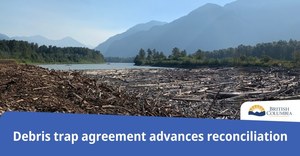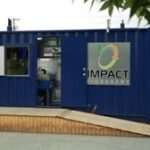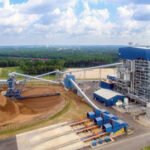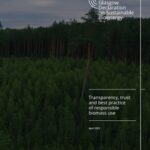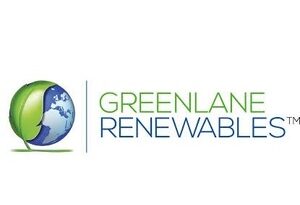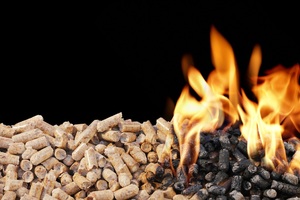Wood collected by BC debris trap could be used for bioenergy
Energy Disrupter
ADVERTISEMENT
An agreement announced between the government of British Columbia and the Shxw’ōwhámél First Nation on June 17 could result in wood debris collected by containment barriers on the Fraser River being used for bioenergy production.
According to the British Columbia Ministry of Emergency Management and Climate Readiness, containment barriers on the Fraser River have been intercepting debris for more than 40 years. With the new agreement, those barriers will now be co-managed by the province and the Shxw’ōwhámél First Nation.
The Fraser River is the longest river in British Columbia, flowing more than 850 miles from Fraser Pass in the British Columbian Rockies of Western Canada to the Strait of Georgia just south of Vancouver. The Fraser River Debris Trap is located between Hope and Agassiz, British Columbia, roughly 100 miles east of Vancouver. The trap reduces the volume of woody material flowing into the lower reaches of the Fraser River and Salish Sea. Without the debris trap, that material would pose a danger to human safety, navigation and downstream infrastructure.
As much as 100,000 cubic meters of woody debris – about 2,000 logging truck loads – is intercepted annually, mostly during the high-water period of the spring runoff and during periods of excessive rainfall. Approximately 99 percent of the volume captured by the debris trap is woody material, but the trap also intercepts other forms of waste, such as plastics, propane tanks, abandoned boats and other floating debris.
The agreement gives the Shxw’ōwhámél First Nation a role in the stewardship of the operation of the debris trap, which is situated in the river alongside Shxw’ōwhámél reserve lands. The pact opens the door to employment and economic development opportunities for the First Nation and its members.
Under the agreement, the province and Shxw’ōwhámél First Nation are co-managers of the debris trap. The prime contractor and operator is Ventures-Dent LLP, which is a partnership between Shxw’ōwhámél Ventures, a construction company owned by the Shxw’ōwhámél First Nation, and Jim Dent Construction, based in Hope.
The Province and Shxw’ōwhámél First Nation are exploring potential uses for the wood debris collected, such as converting it to bioenergy, and other uses such as selling salvageable timber to forest companies for processing. The Shxw’ōwhámél First Nation is also looking at building a longhouse with the merchantable timber. Much of the remaining non-woody debris is recycled.
A full copy of the announcement is available on the British Columbia website.

